Northwest Passage Expedition: Embraced by Mother Nature
Embraced by Mother Nature. That’s the overall sense from this Expedition to date. There is no “Wow Factor” anywhere that can compete with this. Fewer than 300 ships have made this transit. First among them was a 1903-06 expedition by Roald Amundsen (who also was first to reach the South Pole) — this is The World’s second time through; appropriately, the special cocktail on our first day was named “Not our First Northwest Passage.” No wonder so few attempt this, as less than 1% of these seas are properly charted – and the moving sea ice, calving glaciers and quick-building gales make it a challenge even for ships like ours with a brilliant captain, an ice captain, full access to all available reports, a helicopter to scout the ice, and a special “fast boat” that takes soundings.
The weather, too, is a moving target. We started with stunning sunny days with glistening glaciers, monstrous mountains and satiny seas. However there also have been days of gale-force winds, 3-meter waves, and sleet/snow precipitation.
We began our voyage in Greenland where buildings are brightly colored for easy identification, especially for those who are illiterate.
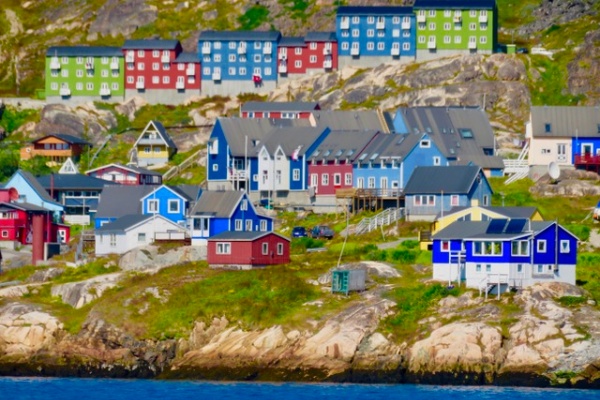
Our last stop there was Ilulissat (which translates as “icebergs”) – what is termed the largest glacier in the world meets the sea there, and creates impressive icebergs, including this expressive one.
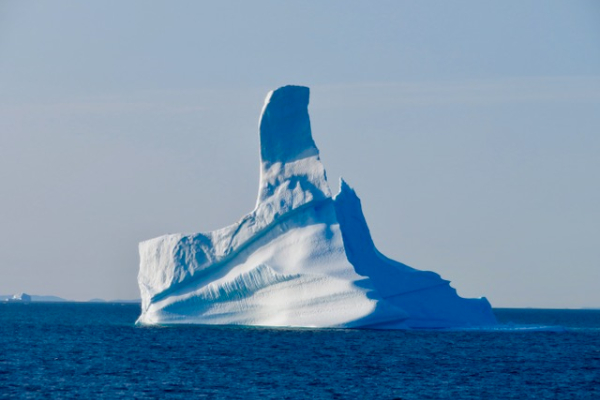
Our expedition team describes glaciers as “Rivers of Ice” – I could not help thinking about the similarities and differences to our own “River of Grass,” the Everglades.
Early in the journey, we were able to visit the tiny 3,000-year-old Inuit towns of Clyde River and Pond Inlet in the huge Canadian Nunavut territory, where what must be the heartiest people on earth follow their traditional culture with infrequent intervention from the extremely remote “civilized” areas.
However, it was the scenery and wildlife that trumped all. One of our expedition team remarked that in his 30-year career, he had never seen so many beluga whales (the round, white ones) at once. And our National Geographic photographer claimed one day to be his “best photo day ever.”
Just a few highlights:

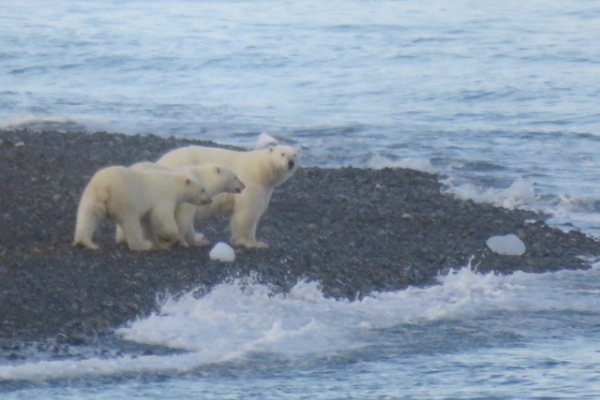
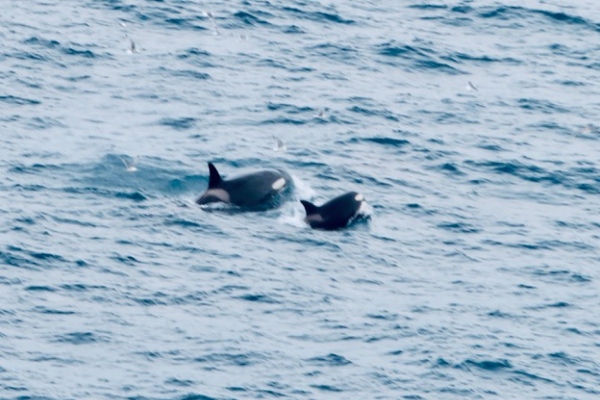


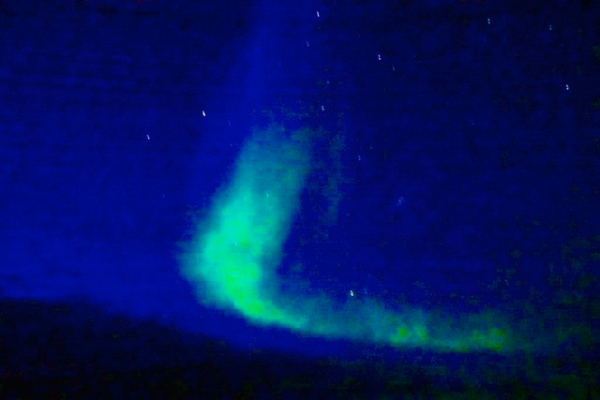
Ready to learn more?
Determine whether life aboard The World is the right fit for you. Talk to one of our Residential Advisors today to learn more about this unique lifestyle, details of upcoming Journeys and Expeditions, and ownership opportunities.



